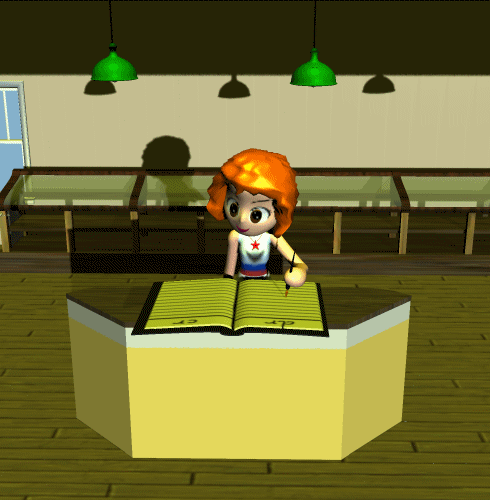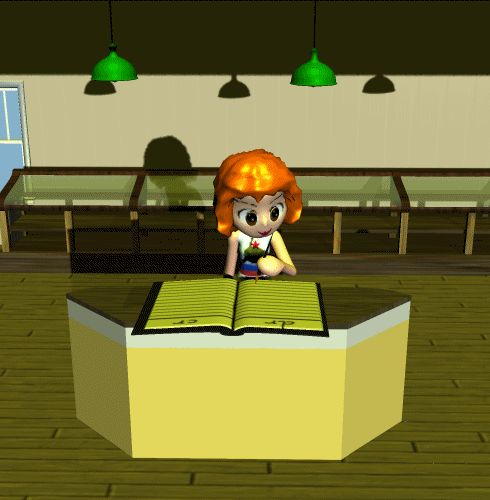Tuesday, September 24, 2019
Real value ledgers
The blockchain fad is a bizarre symptom of Deepstate-induced craziness. First let's ignore the simple and obvious facts that (1) Bitcoin's founder openly proclaimed his CIA connections (2) Bitcoin is perfectly centralized, running all transactions through NSA. Even without those blazingly obvious links, the idea is still crazy and harmful.
As an old pen-and-ink bookkeeper, I have a feel for how ledgers are supposed to work. Ledgers aren't supposed to be accessible and changeable by everyone in the world. Ledgers are supposed to be an accurate and unchanging record of the Debits and Credits, the outputs and inputs, of ONE business or organization or individual.
Modularity is IMPERATIVE and BASIC to the functioning of an organism, and thus to the ledger that records the functioning.
Without modularity, without borders and layers and hierarchy, you can't even define inputs and outputs so you can't have a ledger. You can't have any sort of schematic or equation or model unless you have a boundary.
= = = = =
This article in a 'new econ' website invokes the double-entry ledger to explain fractional reserve fake currency creation.
 On the DR side, the business increases order by filleting the salmon and placing it in cans, then selling it to customers. Canning makes the salmon more convenient for ordinary people without butchering skills, and it makes the salmon STORABLE. The ledger represents this increase in order by showing the money flowing from customers to the business.
On the DR side, the business increases order by filleting the salmon and placing it in cans, then selling it to customers. Canning makes the salmon more convenient for ordinary people without butchering skills, and it makes the salmon STORABLE. The ledger represents this increase in order by showing the money flowing from customers to the business.
 A business wants to have input money exceeding output money. Profit means that the business is creating more order than it consumes from its suppliers. In other words, the business is alive. And this accumulation of increased value is where the money supply really increases. The Soviet system recognized this basic fact by using VAT to determine when the national money supply would increase.
= = = = =
From this viewpoint we can see how debt is actually a LOSS of real value. When a business rents money from a bank, the incoming money was NOT generated by nature or labor. It was counterfeited by the bank. The business gets nothing but an obligation to repay the money, which limits the freedom of the business. The interest paid to the bank must be sucked out of the real value accumulated by the business.
Modern economics turns the whole picture upside down by treating the sucked-out interest as the "creation" "of" "value".
A business wants to have input money exceeding output money. Profit means that the business is creating more order than it consumes from its suppliers. In other words, the business is alive. And this accumulation of increased value is where the money supply really increases. The Soviet system recognized this basic fact by using VAT to determine when the national money supply would increase.
= = = = =
From this viewpoint we can see how debt is actually a LOSS of real value. When a business rents money from a bank, the incoming money was NOT generated by nature or labor. It was counterfeited by the bank. The business gets nothing but an obligation to repay the money, which limits the freedom of the business. The interest paid to the bank must be sucked out of the real value accumulated by the business.
Modern economics turns the whole picture upside down by treating the sucked-out interest as the "creation" "of" "value".
The commons is a conscious implementation of reciprocal altruism. Reciprocal altruists, whether human or ape, reward those who cooperate with others and punish those who defect. A commons works the same way. A resource such as a lake or a field, or a monetary system, is understood as a shared asset. If one’s business activities hurt any other market participant, they undermine the integrity of the marketplace itself. For those entranced by the myth of capitalism, this can be hard to grasp. They’re still stuck thinking of the economy as a two-column ledger, where every credit is someone’s else’s debit. This zero-sum mentality is an artifact of monopoly central currency. If money has to be borrowed into existence from a single, private treasury and paid back with interest, then this sad, competitive, scarcity model makes sense. I need to pay back more than I borrowed, so I need to get that extra money from someone else. That’s the very premise of zero-sum. But that’s not how an economy has to work.Zero-sum misses the point entirely. The crucial difference is where the CRedit comes from. Value is an increase in order. Value is an increase in life and beauty. In the most basic agricultural forms of commerce, the CRedit is CReated by plants, who turn sunlight and water into infinitely ordered life, and secondarily by animals who eat the plants and transform the order into a more condensed order. CR represents an increase in order. Within the boundaries of the ledger, CR is measuring the number of currency units paid to the farmer or miner or oil driller or supplier, but it directly represents an increase in order, an increase in life. DR is also an increase in order. The business processes the raw input, using human labor and machinery, and turns it into a more complexly ordered object, or makes it more convenient to use, or more attractive to buy, or more STORABLE. Storage is probably the most important increase in order. DR in the ledger measures currency units coming into the business from the customer who gains convenience or storability. = = = = = I've often cited Steinbeck's analogy: Real value business brings in salmon, puts it in cans with human and machine labor, and sells it. Capitalists HATE human and machine labor. They would rather can salmon with ledgers, and now they've finally managed to do it. = = = = = Using salmon, Polistra shows how the REAL-VALUE ledger measures the increase in order on both sides of a REAL-VALUE business. On the CR side, Nature increases order by growing a salmon. The fisherman brings in a salmon, adding a unit of life-order to the business. The ledger represents this CRedit as money going back to the fisherman.
 On the DR side, the business increases order by filleting the salmon and placing it in cans, then selling it to customers. Canning makes the salmon more convenient for ordinary people without butchering skills, and it makes the salmon STORABLE. The ledger represents this increase in order by showing the money flowing from customers to the business.
On the DR side, the business increases order by filleting the salmon and placing it in cans, then selling it to customers. Canning makes the salmon more convenient for ordinary people without butchering skills, and it makes the salmon STORABLE. The ledger represents this increase in order by showing the money flowing from customers to the business.
 A business wants to have input money exceeding output money. Profit means that the business is creating more order than it consumes from its suppliers. In other words, the business is alive. And this accumulation of increased value is where the money supply really increases. The Soviet system recognized this basic fact by using VAT to determine when the national money supply would increase.
= = = = =
From this viewpoint we can see how debt is actually a LOSS of real value. When a business rents money from a bank, the incoming money was NOT generated by nature or labor. It was counterfeited by the bank. The business gets nothing but an obligation to repay the money, which limits the freedom of the business. The interest paid to the bank must be sucked out of the real value accumulated by the business.
Modern economics turns the whole picture upside down by treating the sucked-out interest as the "creation" "of" "value".
A business wants to have input money exceeding output money. Profit means that the business is creating more order than it consumes from its suppliers. In other words, the business is alive. And this accumulation of increased value is where the money supply really increases. The Soviet system recognized this basic fact by using VAT to determine when the national money supply would increase.
= = = = =
From this viewpoint we can see how debt is actually a LOSS of real value. When a business rents money from a bank, the incoming money was NOT generated by nature or labor. It was counterfeited by the bank. The business gets nothing but an obligation to repay the money, which limits the freedom of the business. The interest paid to the bank must be sucked out of the real value accumulated by the business.
Modern economics turns the whole picture upside down by treating the sucked-out interest as the "creation" "of" "value".Labels: MMT, Natural law = Sharia law, Natural law = Soviet law, Real World Math, storage
